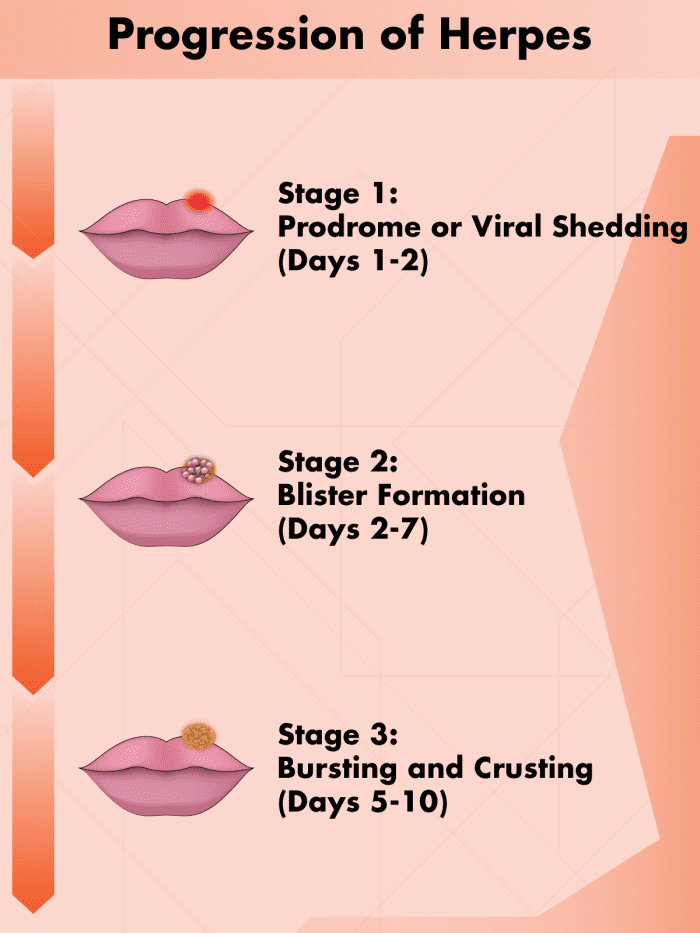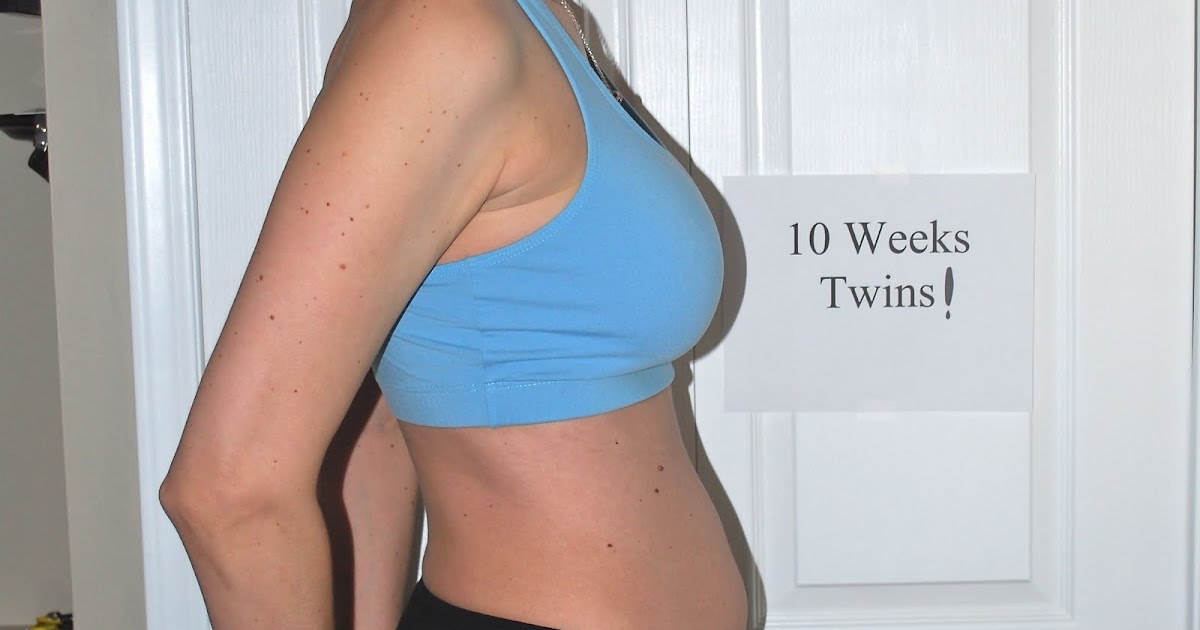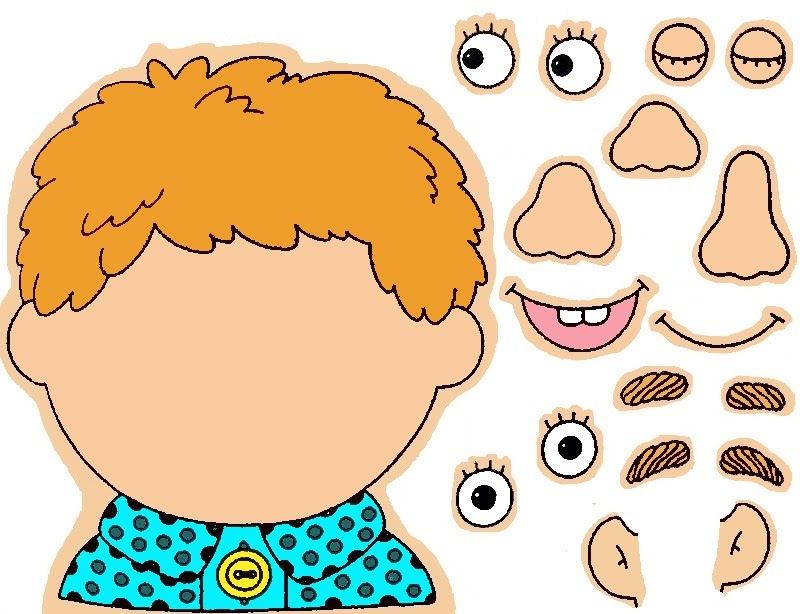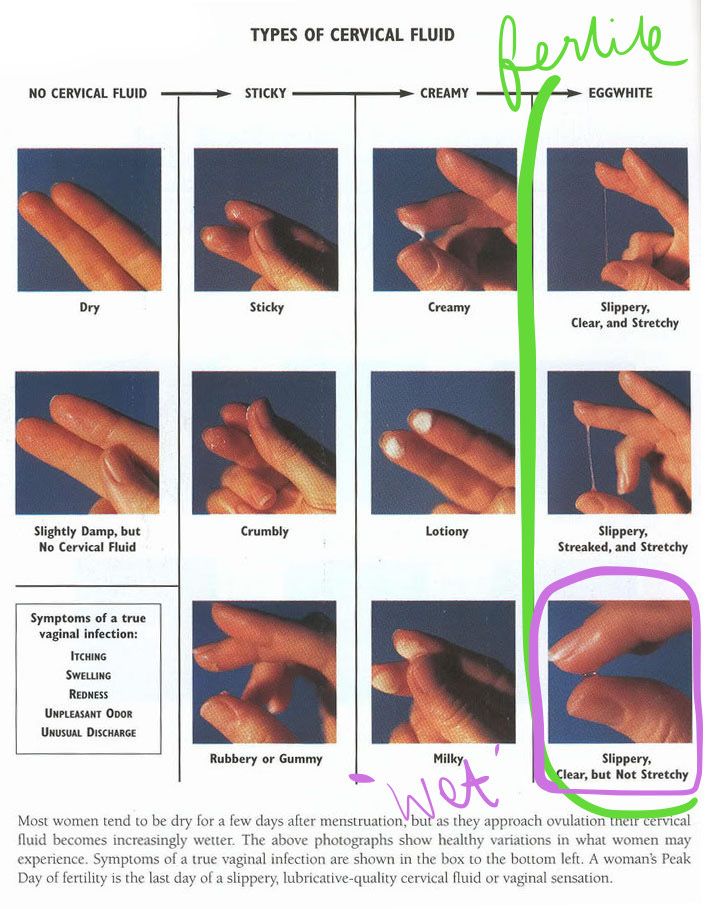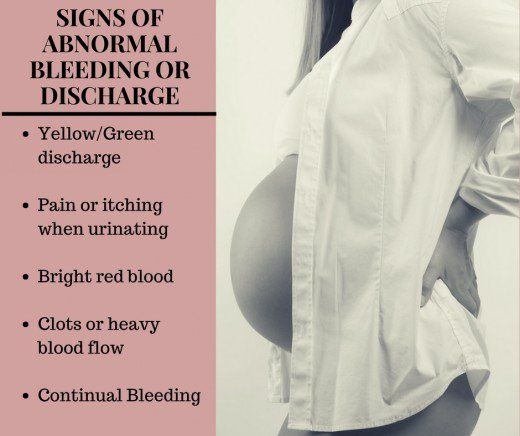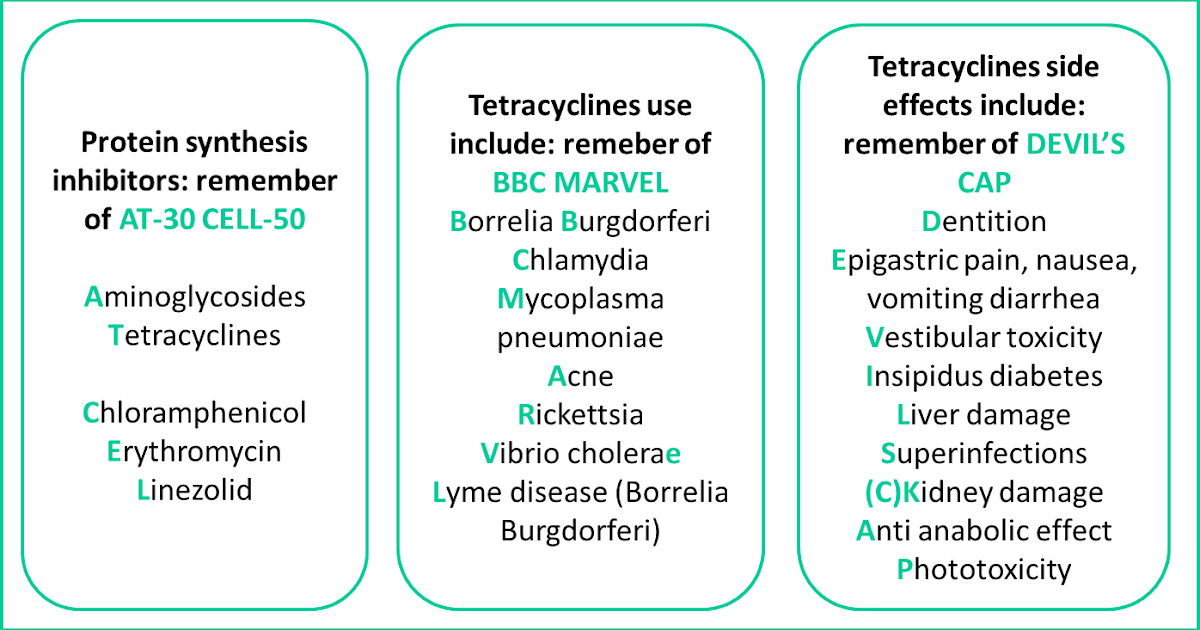How to clean breast milk bottles
8 Tips for Washing Baby Bottles and Breast Pump Parts
Need ALL the tips and tricks, right now? Use EP15 for 15% off! Shop Now
Home » Pumping Tips » 8 Tips for Washing Baby Bottles and Breast Pump Parts
Created On:  | Updated: | By Amanda | 18 Comments
Are you overwhelmed with all of the baby bottles and other infant feeding gear you need to wash? Trying to find the best way to clean and store everything? Here are 8 tips for washing baby bottles and pump parts.
This post may contain affiliate links, which means if you click a link and purchase something, I may make a small commission at no additional cost to you. I only recommend products I love! More information here.
Here’s how to wash your breast pump parts and baby bottles in the easiest possible (and safe!) way.
1. Take everything apart before washing
This might be obvious to experienced pumping moms, but I did not actually know I was supposed to take breast pump parts apart to clean them when I came home from the hospital. I just sort of kept them assembled and washed them the best that I could for the first week.
This isn’t how you are supposed to do it. Before you wash infant feeding items, take everything apart.
Note: You don’t need to wash your tubing every time. More on this here.
2. Use a wash basin and a dedicated bottle brush
The CDC recommends washing pump parts and bottles in a wash basin rather than directly in the sink in order to avoid contamination with any bacteria that might be there. They also recommend using a bottle brush that is only used for infant feeding items.
You can get a wash basin on amazon for less than $10. If you need one for washing pump parts at work, you may want to get a collapsible one.
3. Wash bottles and pump parts in hot soapy water
When you’re ready to wash everything, fill up your wash basin with hot, soapy water.
It’s important to use the bottle brush to get the soap on all of the parts (versus just soaking and rinsing). If you have breast pump parts that are a struggle to get to with your brush, try getting a set with smaller pieces like this one. They can be especially helpful for breast shield connectors.
If you have breast pump parts that are a struggle to get to with your brush, try getting a set with smaller pieces like this one. They can be especially helpful for breast shield connectors.
4. Does your drying rack take up your whole counter? Make it vertical.
After you’re done washing your pump parts, you can set them out to air dry.
When I was exclusively pumping, bottles and pump parts took up my entire counter. If this is your current experience, you can make your drying rack vertical using a three tier cooling rack like this.
Image courtesy Meg Faggella5. Use vinegar to get stubborn fat off of bottle nipples
Do you find that the nipples of your bottles are cloudy? Sometimes, breast milk fat residue can stick to them no matter how many times you wash them.
To get it off, you can submerge the nipples in a vinegar/water solution (10 parts water to 1 part white vinegar).
Soak them for 30 minutes, and then wash the nipples with soap and hot water.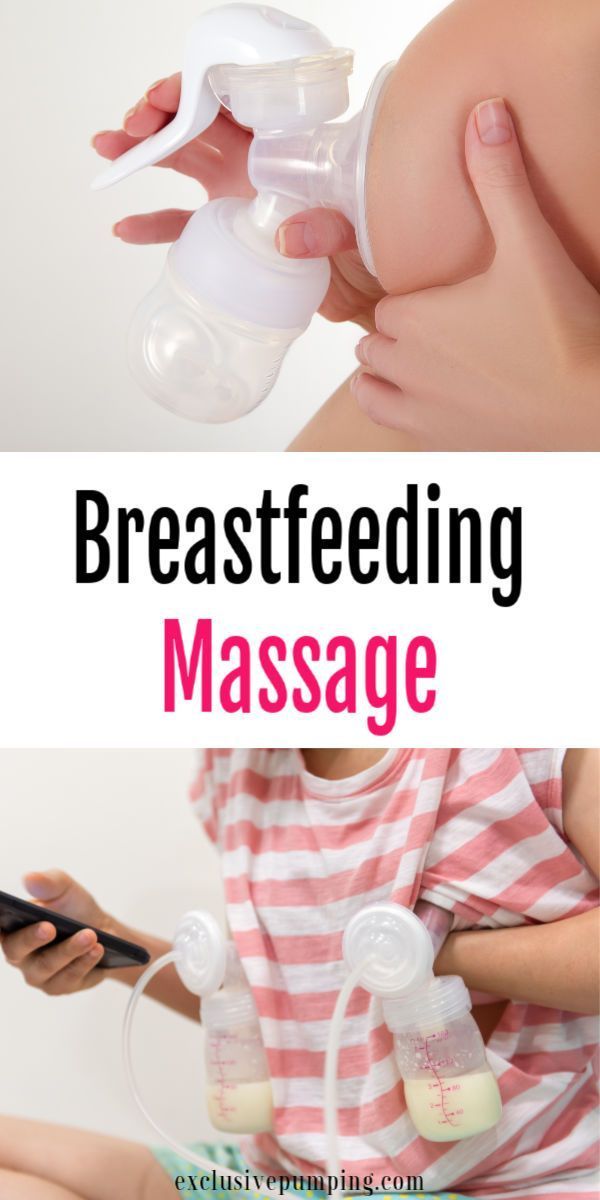
6. Sterilize pump parts and bottles regularly
The CDC recommends sterilizing pump parts and bottles once a day for babies who are under three months old, who are sick, or who were premature.
If your baby doesn’t fall into one of these categories, it’s fine to sterilize a bit less often.
There are a bunch of ways that you can sterilize your infant feeding gear – a tabletop sterilizer, a microwave bag, boiling them, etc.
More information on each of these methods here.
Need help with exclusive pumping? Use EPUMP30 for 30% off
7. Wash bottles and pump parts in batches
When you’re pumping 8-10 times per day, it can get exhausting to be constantly standing over the sink washing bottles and pump parts.
If you can, I would recommend getting a few extra sets of everything you need, and then washing them all at once.
In the past, I put breast pump parts in a zip-top plastic bag in the refrigerator between uses. However, the CDC now recommends washing pump parts in between each use.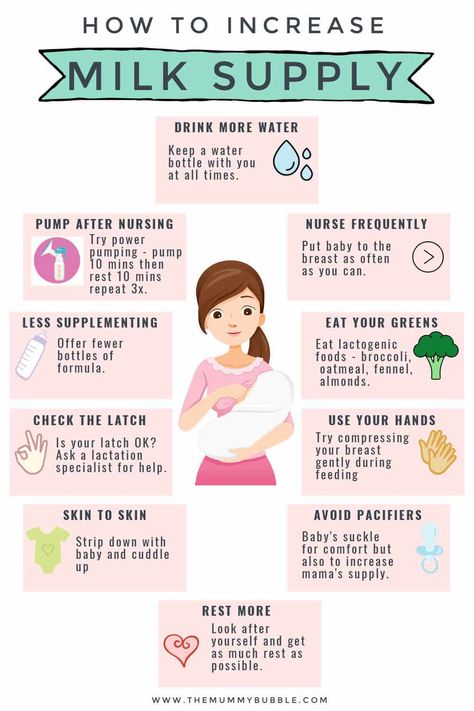 More info on this here.
More info on this here.
8. Consider using your dishwasher to cut down on washing time
Another option to make the washing process easier is using the dishwasher to wash all of your gear.
Put infant feeding items on the top rack, and put smaller things like breast pump parts and nipples in a mesh bag (like this one) or other container. (Be sure to check your breast pump instruction manual to confirm that everything is dishwasher-safe.)
An added benefit of using the dishwasher is that if yours has a heated drying cycle, that will also take care of the sterilizing step.
I hope these tips for washing baby bottles and pump parts are helpful! Let me know if you have any other tips or questions in the comments!
posted in: Bottle Feeding Breast Milk, Pumping Tips
Featured on:
As am Amazon associate I earn from qualifying purchases.
Cleaning bottles, nipples and breast pumps | From Tiny Tot to Toddler
It is important to thoroughly wash baby bottles, nipples, breast pumps, and other items used for feedings to prevent gastro-enteritis and the development of thrush in your baby’s mouth.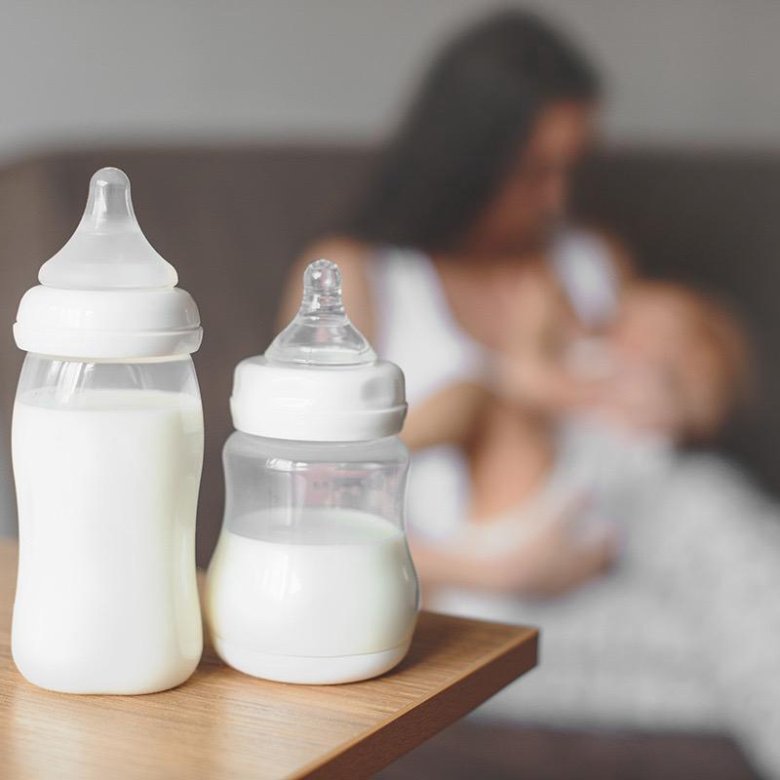
Breast pumps and baby bottles need to be kept very clean when feeding your baby breast milk or commercial infant formula.
Cleaning recommendations for bottles and nipples are slightly different depending on which milk you use. Breast milk contains white blood cells and other components that prevent bacteria from growing for a while. Commercial infant formulas contain no such components and may also have been contaminated during preparation.
Inspect the nipples regularly. They will wear out over time due to the effects of suction, heat, contact with milk and exposure to sunlight. Replace them before they become soft or sticky, and throw them away immediately if they have holes, are torn or change texture.
Disposable bags are too flimsy to be reused. Don’t pour hot milk into them either as they could burst.
Cleaning is the most important step in caring for these items.
Germs, particularly bacteria, may develop and survive in milk, so be sure to remove all traces of milk from bottles, nipples and breast pumps every time you use them.
Cleaning
When?
- After every feeding, clean everything thoroughly no matter what type of milk you use.
How?
- Immediately after feeding, take everything apart.
- Rinse the bottle, nipple and cap or breast pump in cold water. Be sure to run water through the hole in the nipple to remove surplus milk.
- Use hot, soapy water and a nipple and bottle brush. Scrub the bottle and nipple well, inside and out. Make sure to thoroughly clean all grooves on both the plastic ring and the bottle.
- Rinse in warm tap water.
- Drain and cover with a clean towel.
Once the bottles and nipples are clean, you can disinfect them to reduce the number of remaining bacteria.
Disinfection (sterilization)
When?
- Disinfect everything before using it for the first time, whether it’s for breast milk or commercial infant formula.
- If you’re using commercial infant formula, disinfect your material after every feeding until your baby is 4 months old.
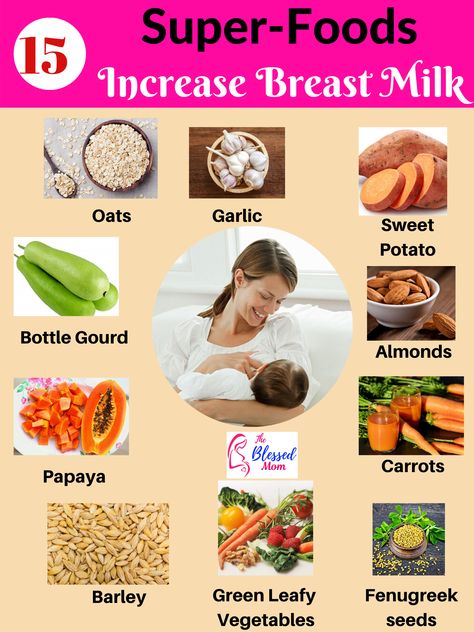 You can disinfect all your bottles and nipples once a day if you have enough of them to use for a full day’s feeding.
You can disinfect all your bottles and nipples once a day if you have enough of them to use for a full day’s feeding.
How?
In boiling water
- Take everything apart, clean all parts thoroughly and put them in a large saucepan.
- Cover in water, taking care there are no bubbles trapped in the bottles.
- Cover the saucepan to prevent too much water evaporating.
- Bring the water to a boil and boil for at least 5 to 10 minutes.
- Let cool and remove the items with clean hands.
- Drain and cover with a clean towel.
In the dishwasher
To disinfect items in the dishwasher, your dishwasher must have a high‑temperature washing and drying cycle.
- Choose this cycle, not the energy‑saving cycle.
- Take everything apart and clean thoroughly.
- Put bottles and rings on the upper rack. You can also put nipples in the dishwasher provided they are made of silicone. Latex (rubber) nipples must be sterilized in boiling water since they are not dishwasher safe.

With an appliance sold to disinfect baby bottles and nipples
- Follow the manufacturer’s guidelines.
What and how to wash baby bottles
The body of a small child is only learning to resist the pathogenic microflora of the surrounding world, therefore, in this case, mother's help is indispensable. One of the main tasks of mothers at the stage of breastfeeding is to provide the baby with not only healthy, but also safe food. If the child eats only the breast, then additional measures other than the personal hygiene of the mother are not required, however, if feeding bottles have firmly entered his life, you cannot do without special measures to care for the dishes. nine0003
What to wash with?
Finding baby bottle detergent is easy, as you can find it in most home improvement stores. Choosing the right option is a little more difficult: the purchased product cannot contain fragrances, and dyes must be exclusively natural and approved for use in the food industry. A big plus will be the presence of disinfectants, which significantly increase safety. Many parents are happy to buy options marked "ECO", which are based on natural ingredients. nine0003
A big plus will be the presence of disinfectants, which significantly increase safety. Many parents are happy to buy options marked "ECO", which are based on natural ingredients. nine0003
Detergent for children's dishes must be completely rinsed off not only with hot, but also with cold water. However, even the most harmless products must be washed off repeatedly with running water.
If parents do not want to leave their money in the pockets of manufacturers of household chemicals, then they can successfully use a popular folk remedy - dry mustard. This brown-yellow powder is completely safe for the human body, so accidentally remaining grains on children's dishes will not harm the baby in any way. nine0003
Dry mustard perfectly removes any dirt and grease from any surface and is very easy to rinse off. True, this tool has a certain drawback - if you take it directly with a sponge, then too much powder sticks and it is simply washed out with water. Ordinary salt shakers with holes that can be found in every home, as well as ready-made gruel in old bottles from household chemicals, will help solve this problem.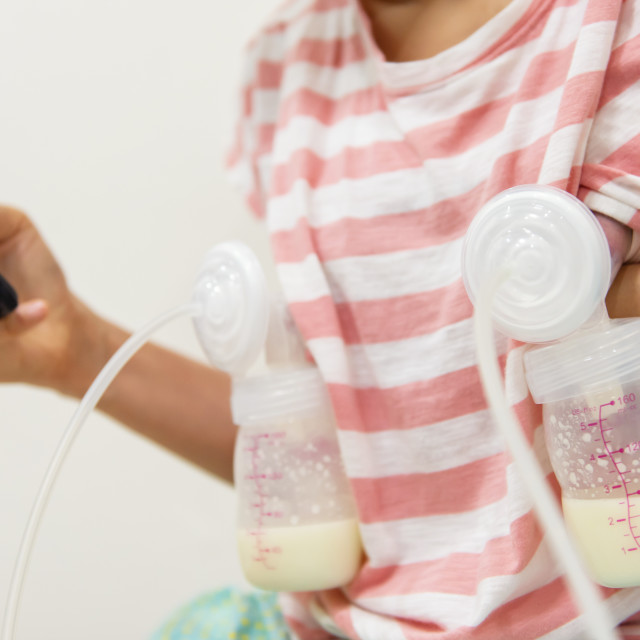
Another popular option is soda. Soaking children's dishes in a warm baking soda solution (especially overnight) makes it easy to remove even the most serious stains. nine0003
Laundry soap and homemade soap-based detergent also help keep baby bottles clean, but the soap leaves a thin film on the surface of the dishes, so rinsing in this case must be very thorough. For the comfort of mother's hands, a little glycerin can be added to detergents from laundry soap. A pleasant aroma to such products gives ordinary lemon juice.
How to wash?
Under no circumstances should you use sponges that clean dishes and cups for the whole family to care for children's dishes. The baby should have its own brushes, brushes and sponges. nine0003
Modern brushes, specially designed for washing "milk" bottles, are very convenient and functional. The bristles in such products are quite elastic, so it cleans the walls of the bottles well and does not scratch their surface. Many brushes are equipped with a soft sponge that perfectly rinses the bottom.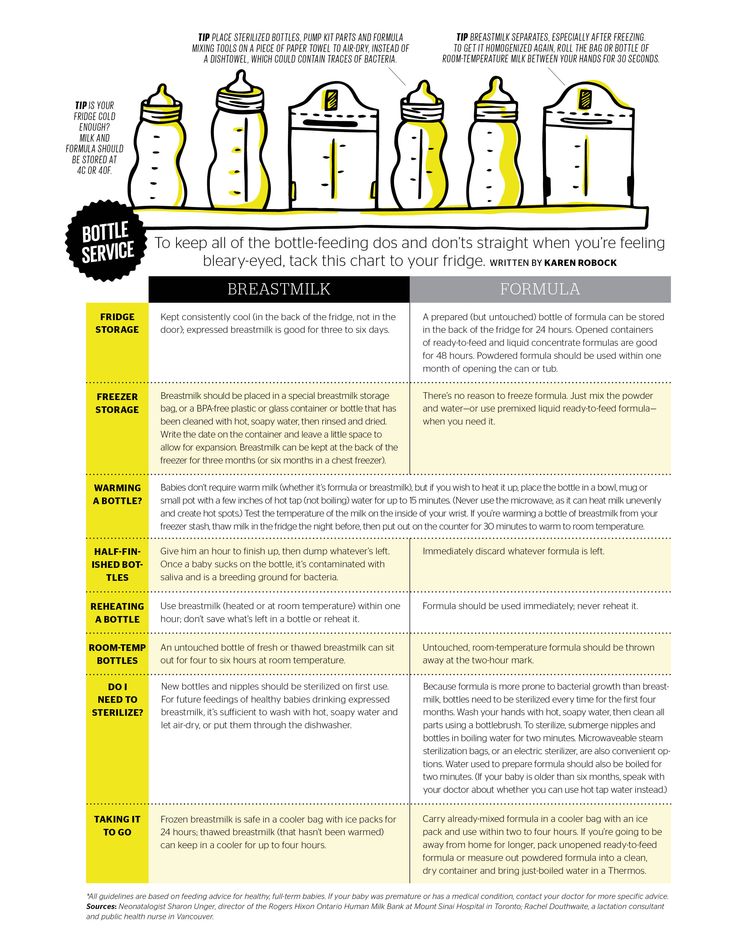 Thanks to the suction cup on the bottom, the brush can be installed in a vertical position, thus protecting it from contact with not very clean surfaces.
Thanks to the suction cup on the bottom, the brush can be installed in a vertical position, thus protecting it from contact with not very clean surfaces.
An important point: no matter how convenient and expensive a baby bottle brush may seem, after a while it inevitably turns into a breeding ground for bacteria. Careful disinfection (for example, with vinegar) slightly extends the life of the product, but it still needs to be replaced periodically with a new one. nine0003
Random entries
You don't have to buy the most expensive luxury perfumes to get compliments and delight others with your fragrance.
Layering fragrances is a kind of perfumer's game, a bold experiment in search of new olfactory experiences. By mixing compositions on leather, as an artist mixes paint on canvas, many new, original and impressive combinations can be obtained. nine0003
nine0003
Autumn inspires with its bright colors to experiment with makeup. I want to update my eyeshadow palette, try some trendy shades of lipstick… So that the perfume does not tire, choose the lightest and most unobtrusive compositions.
how to wash feeding bottles and how to sterilize - 3 answers soap! douse with boiling water, perhaps, but not necessary !!! this is the experience of those who have already given birth, and this is an article, here they advise of course to sterilize. who has an opinion? nine0003
Sterilization of feeding utensils
Newborns are very susceptible to all sorts of infections. Therefore, from the very first day of a baby's life, cleanliness must be carefully monitored. The necessary procedures include the sterilization of all feeding accessories.
Why is this needed?
The immune system of infants is still very weak and imperfect.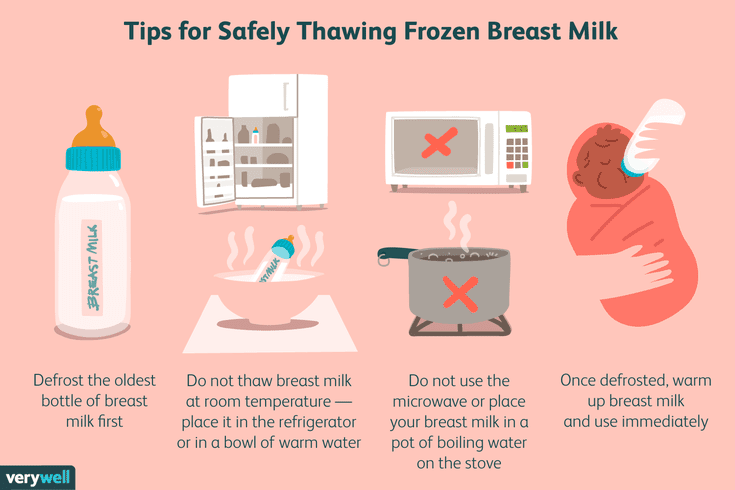 Mother's milk contains a large amount of protective antibodies that help fight germs. If the baby is fed artificially, he is deprived of this support and is practically defenseless against pathogenic microbes. Milk is an excellent breeding ground for bacteria. Infection with them can cause an intestinal infection, which is manifested by vomiting and diarrhea (diarrhea) and threatens the child with severe dehydration. Fluid loss is very dangerous for newborns and infants and can lead to serious consequences. To avoid contamination of the baby, you should regularly sterilize all feeding equipment, as well as pacifiers. nine0003
Mother's milk contains a large amount of protective antibodies that help fight germs. If the baby is fed artificially, he is deprived of this support and is practically defenseless against pathogenic microbes. Milk is an excellent breeding ground for bacteria. Infection with them can cause an intestinal infection, which is manifested by vomiting and diarrhea (diarrhea) and threatens the child with severe dehydration. Fluid loss is very dangerous for newborns and infants and can lead to serious consequences. To avoid contamination of the baby, you should regularly sterilize all feeding equipment, as well as pacifiers. nine0003
If you need to sterilize something urgently, wash it with laundry soap (a great antiseptic) and pour boiling water over it. Be sure to dry the bottles in which you store milk or formula: residual moisture stimulates the growth of microbes!
Feeding rules
Do not store warm milk or formula for more than an hour. If the baby has not finished his portion, pour out the rest of the food, and do not heat it up again.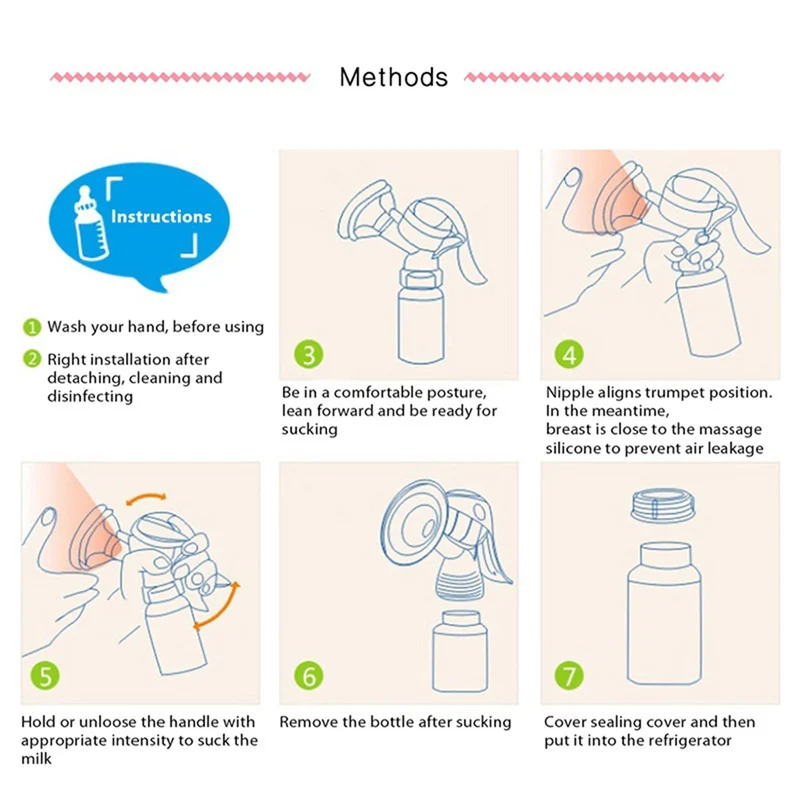 If the child needs food often, but in smaller portions, it is much more expedient to prepare several bottles, dividing the usual portion into several small ones. This may take a little longer, but you won't have to throw away the leftovers, and the risk of foodborne infection will be greatly reduced. nine0003
If the child needs food often, but in smaller portions, it is much more expedient to prepare several bottles, dividing the usual portion into several small ones. This may take a little longer, but you won't have to throw away the leftovers, and the risk of foodborne infection will be greatly reduced. nine0003
Mine for sure!
Milk fat remains as a thin film on the inside of the bottle and nipple. All feeding utensils must be thoroughly washed with soap and rinsed before sterilization.
What needs to be sterilized
All items that can somehow end up in the baby's mouth should be sterilized.
- All feeding accessories: bottles, nipples, caps, breast pump parts, if you use one, must be sterilized after each use. nine0090
- If you are giving your child a pacifier, keep at least three pre-sterilized pacifiers on hand to replace a pacifier that has fallen on the floor. Some babies love to entertain themselves by spitting out pacifiers, and they do it very well!
- Never lick a pacifier to "clean" it! You have a lot of bacteria in your mouth that may not be safe for your baby.
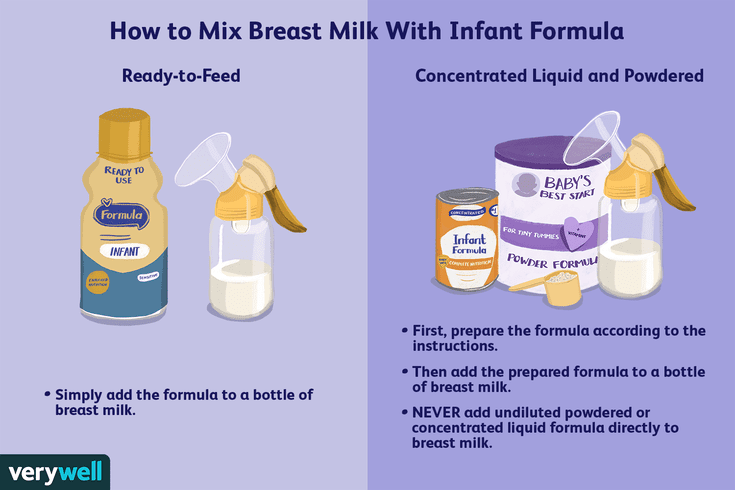 be sure to sterilize it before giving it to him again.
be sure to sterilize it before giving it to him again. - Boilable toys and tooth rings. nine0090
We eat by ourselves
Babies who have grown up and hold a bottle of milk themselves sometimes do not finish their portion. Never leave the mixture for the next feeding: this way you will help to breed dangerous microbes.
Which sterilizer should I choose?
There are many types of sterilizers available today. A big plus of these devices, in addition to saving time, is that you are spared from boiling. The fact is that city tap water often leaves a significant coating on objects after boiling. When choosing a sterilizer, make sure that the baby's dishes fit it. Remove sterile bottles with clean hands. nine0003
Electric Steam Sterilizer
You simply fill in the required amount of cold water and switch on the sterilizer. When the sterilization cycle is completed, the device automatically turns off.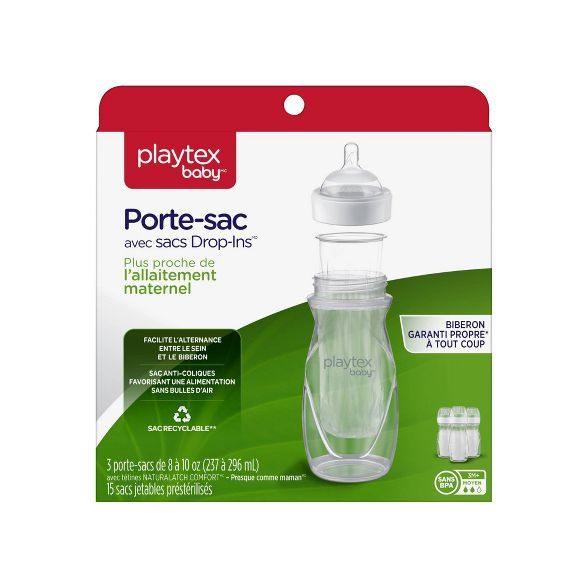 In one cycle (9-10 minutes) it is usually possible to sterilize 6-8 bottles at the same time. The disassembled breast pump is sterilized during another cycle.
In one cycle (9-10 minutes) it is usually possible to sterilize 6-8 bottles at the same time. The disassembled breast pump is sterilized during another cycle.
Microwave Steam Sterilizer
Similar to above, but uses electromagnetic waves instead of electric current. In one cycle (about 8 minutes) allows you to sterilize 4 bottles or a disassembled breast pump. nine0003
Cold Water Sterilizer
To use this sterilizer, you will need special antiseptic tablets that dissolve in cold water. All feeding accessories must be placed in the prepared solution so that it completely covers them, and after sterilization, rinse thoroughly. This method of disinfection takes about half an hour. The sterilizing solution can be used several times within 24 hours.
Washing baby dishes
Wash each item thoroughly in hot soapy water before sterilizing. Do this as soon as possible after feeding before the milk has dried.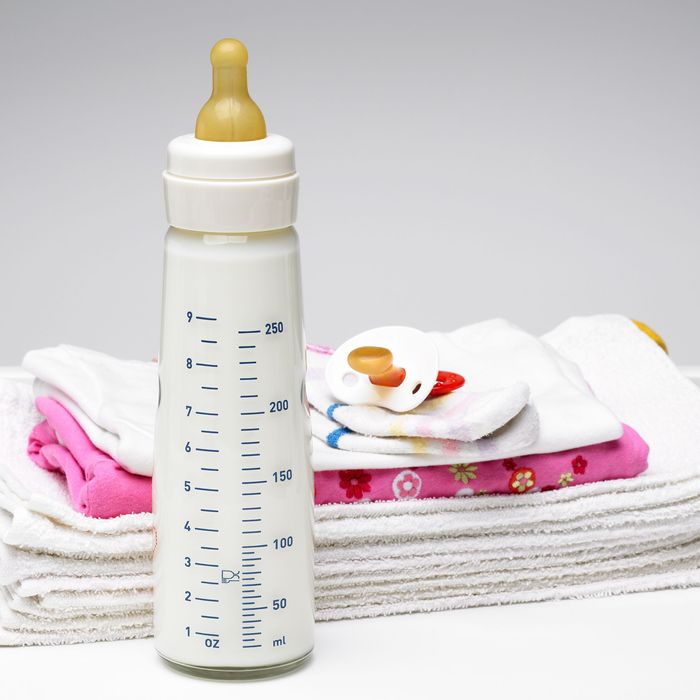 When washing, use a brush or brush specially designed for bottles and nipples.
When washing, use a brush or brush specially designed for bottles and nipples.
- To wash dishes, you can use soap (children's or household), but even more convenient - liquid for washing children's dishes (recently, such liquids have appeared on the shelves). nine0090
- Rinse the bottle thoroughly inside and out. Pay special attention to the thread on the neck of the bottle, on which the cap is screwed.
- Rinse teat, sealing cap and cap.
- Finally, rinse everything very thoroughly so that there is no soap left anywhere.
- After the dishes are in order, wash the brush itself. Use it only for children's dishes.
- All feeding accessories should be dried separately on a clean cloth rather than dry with a towel. nine0090
- Always wash your hands thoroughly before handling items that have already been sterilized.
Q&A
How long can I store the prepared formula in the refrigerator?
You can store the prepared formula in the refrigerator for up to one day.

